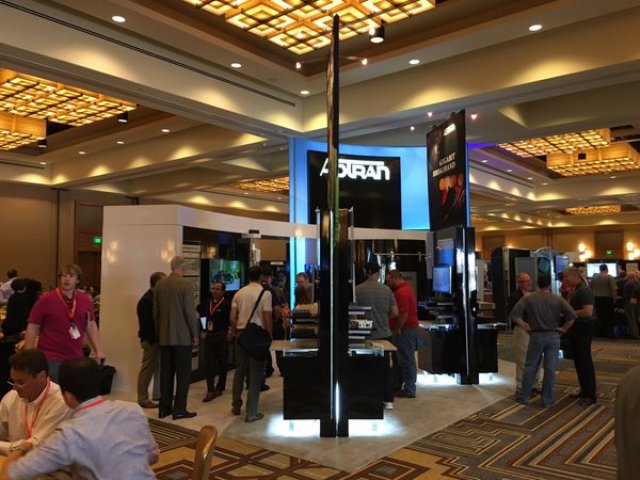
DTA or Dynamic Time Allocation will enable broadband subscribers to maximize the total bandwidth of a G.fast connection, while transmitting data upstream or downstream. DTA can be implemented for low crosstalk environments such as single pairs or coaxial cable.
ADTRAN has also revealed that it has won a major role in a commercial G.fast deployment for Bezeq, at the same event.
ADTRAN G.fast distribution point units (DPUs) and CPEs will be deployed in the initial phase at a variety of locations and deployment scenarios including FTTB, FTTCab and both aerial and subterranean FTTdp.
This will be followed by a major Bezeq G.fast rollout in 2017.
Also, ADTRAN announced Software Defined Access (SD-Access) elements that deploy ADTRAN Mosaic architecture and allow service providers to operate at web scale.
Claiming to offer flexibility and velocity, SD-Access network elements will work beyond the principal framework to actual product implementation in broadband access networks, cites the release.
ADTRAN SDX Series currently includes PON OLTs, FTTdp, IP/Ethernet aggregation, fabric and Carrier Ethernet 2.0 access switches/routers and highly-programmable customer devices such as residential gateways and Wi-Fi access points.
The elements offer agile, real-time service configuration to build networks with scalability, availability and performance for bandwidth intensive applications. This in turn aid to fulfill customer expectations, and transform service delivery across residential, mobile and enterprise markets, adds the release.
The Broadband World Forum is being held in London from 18-20 October 2016.
